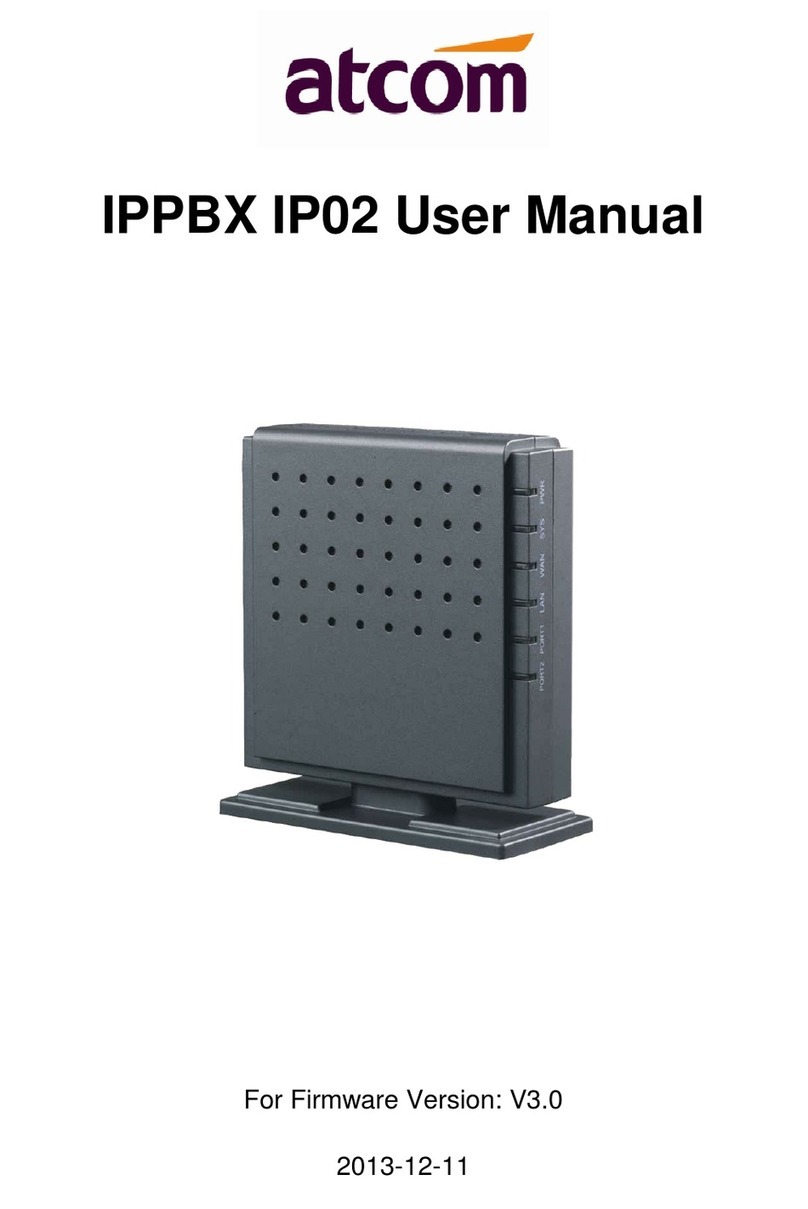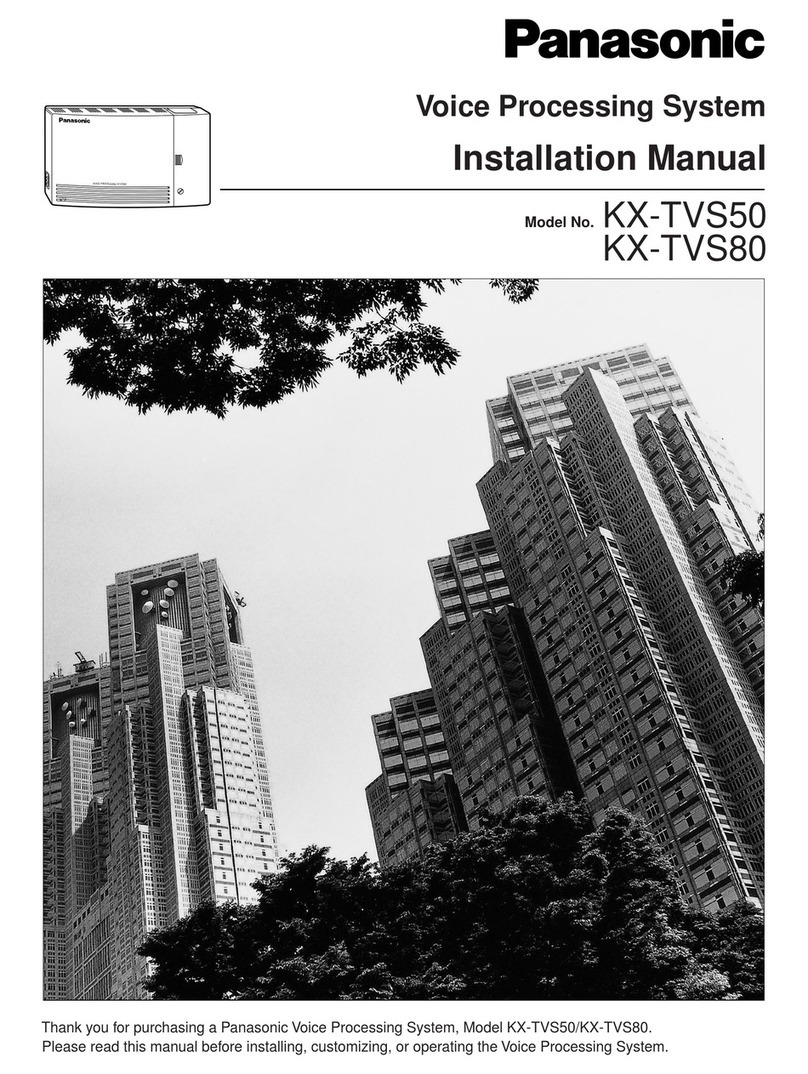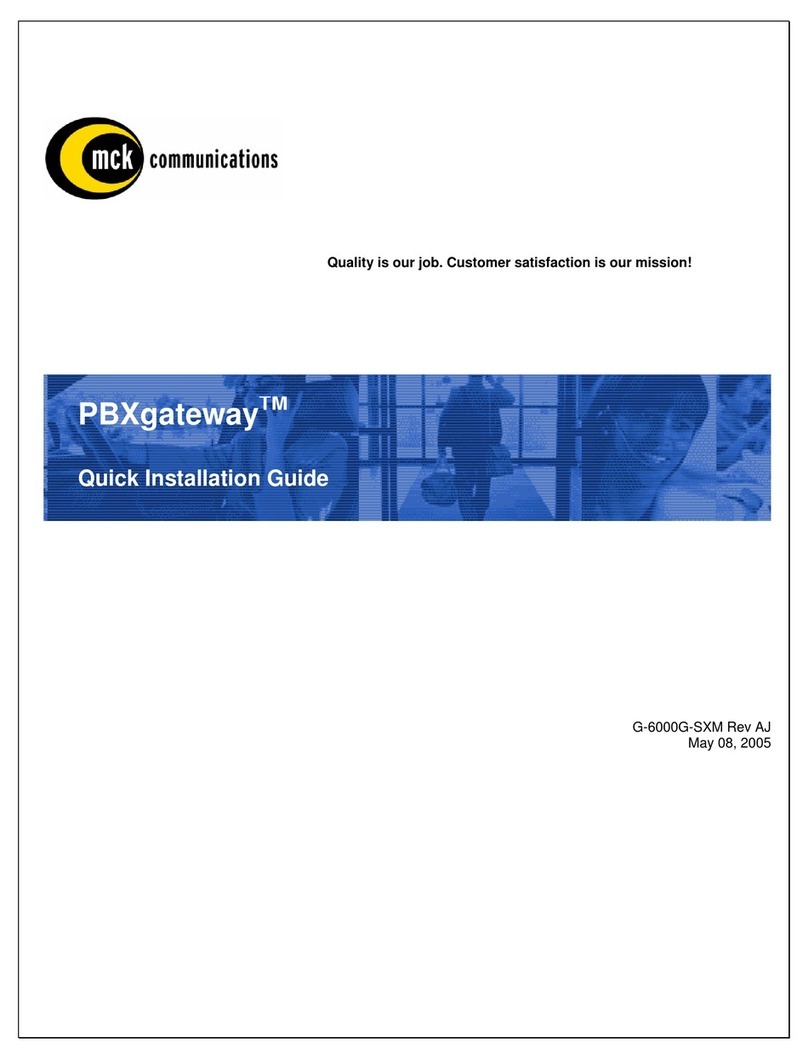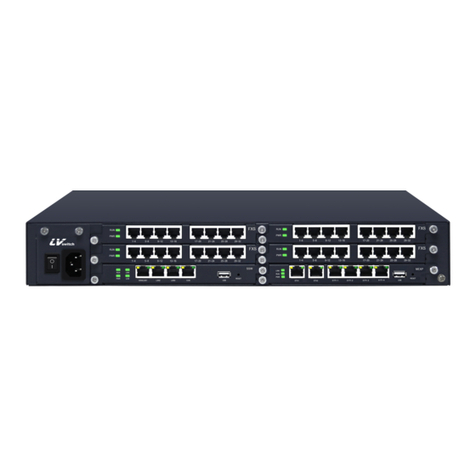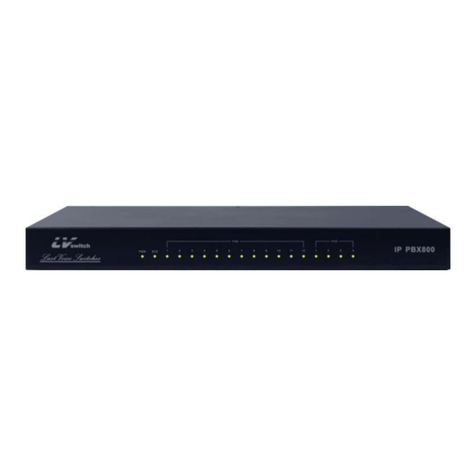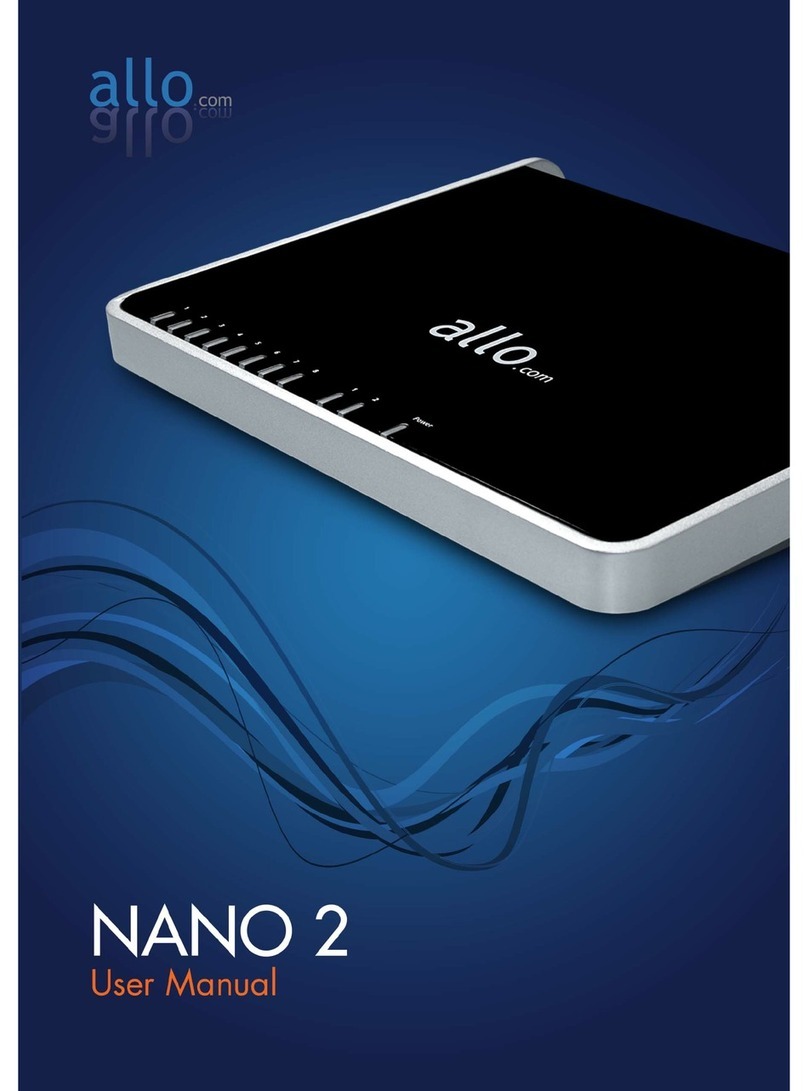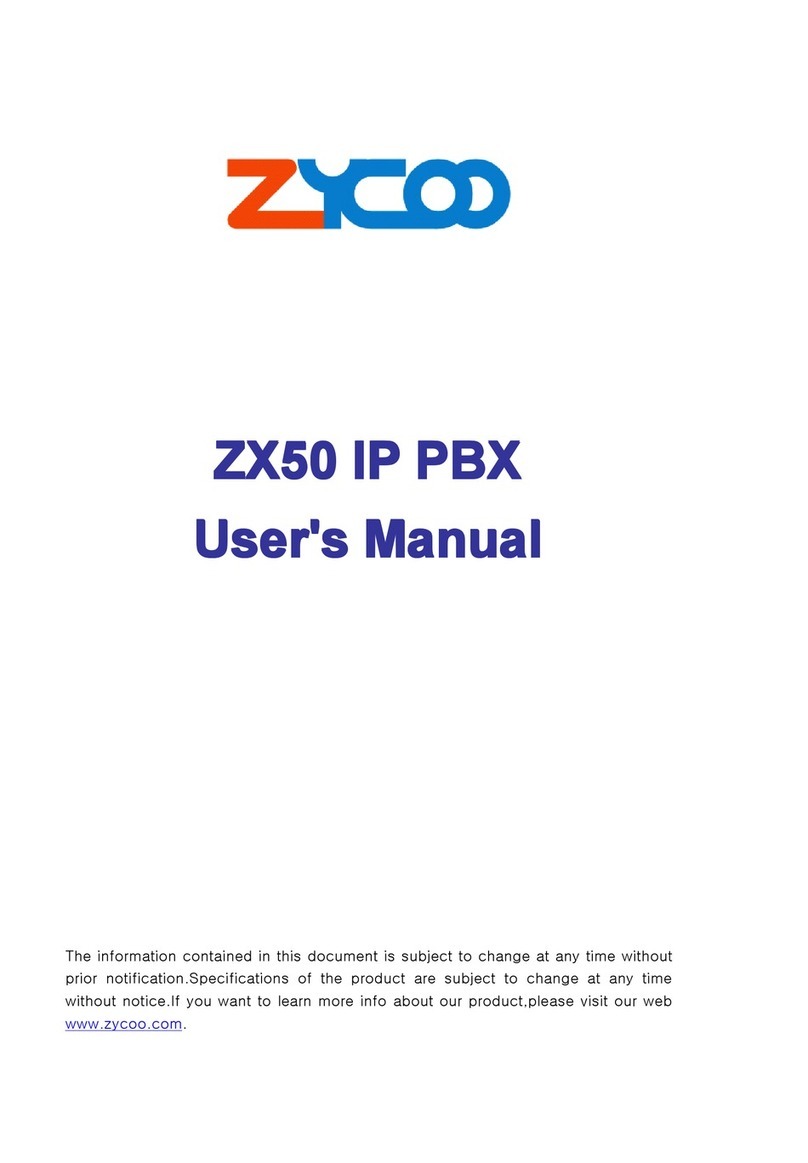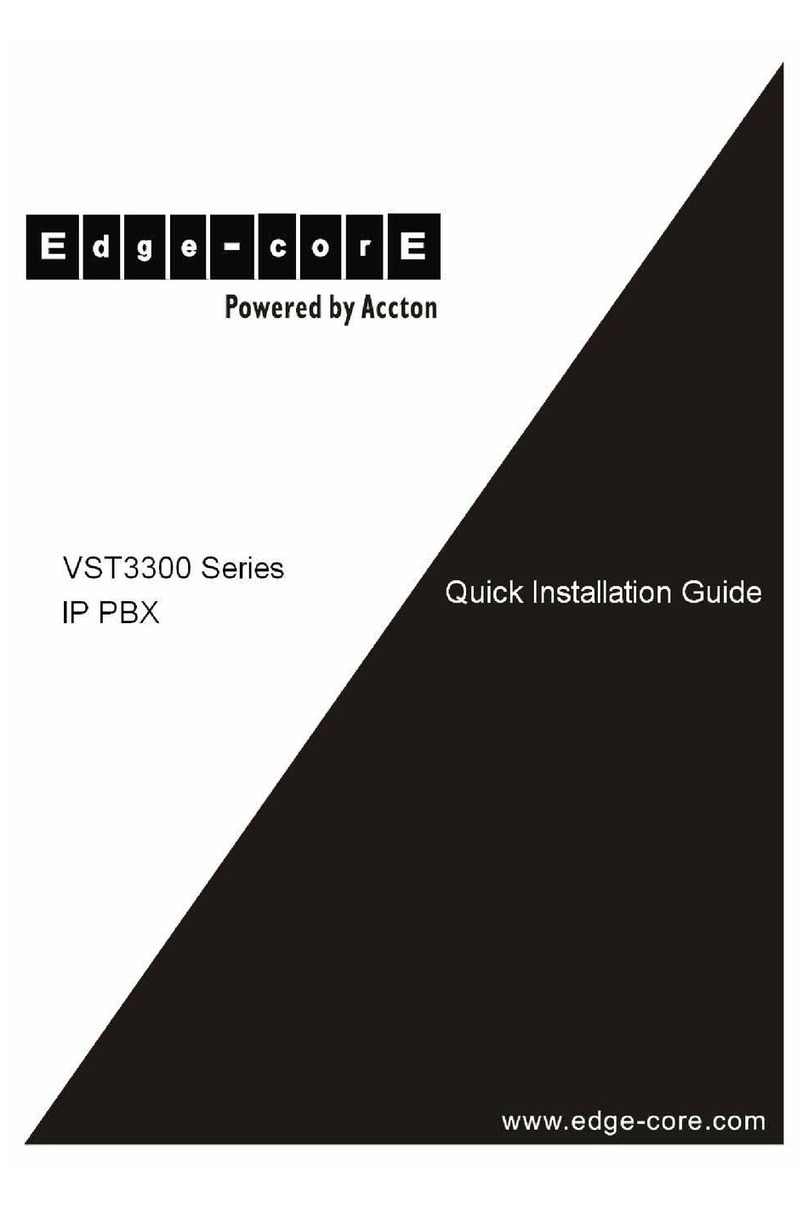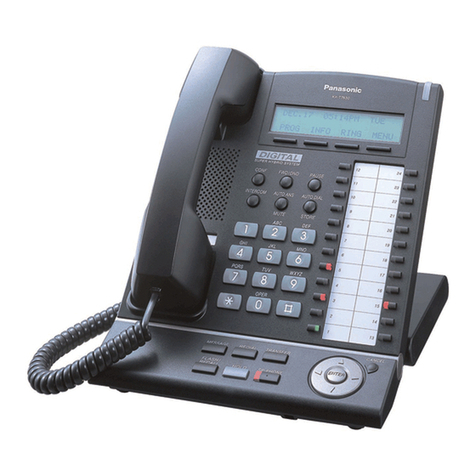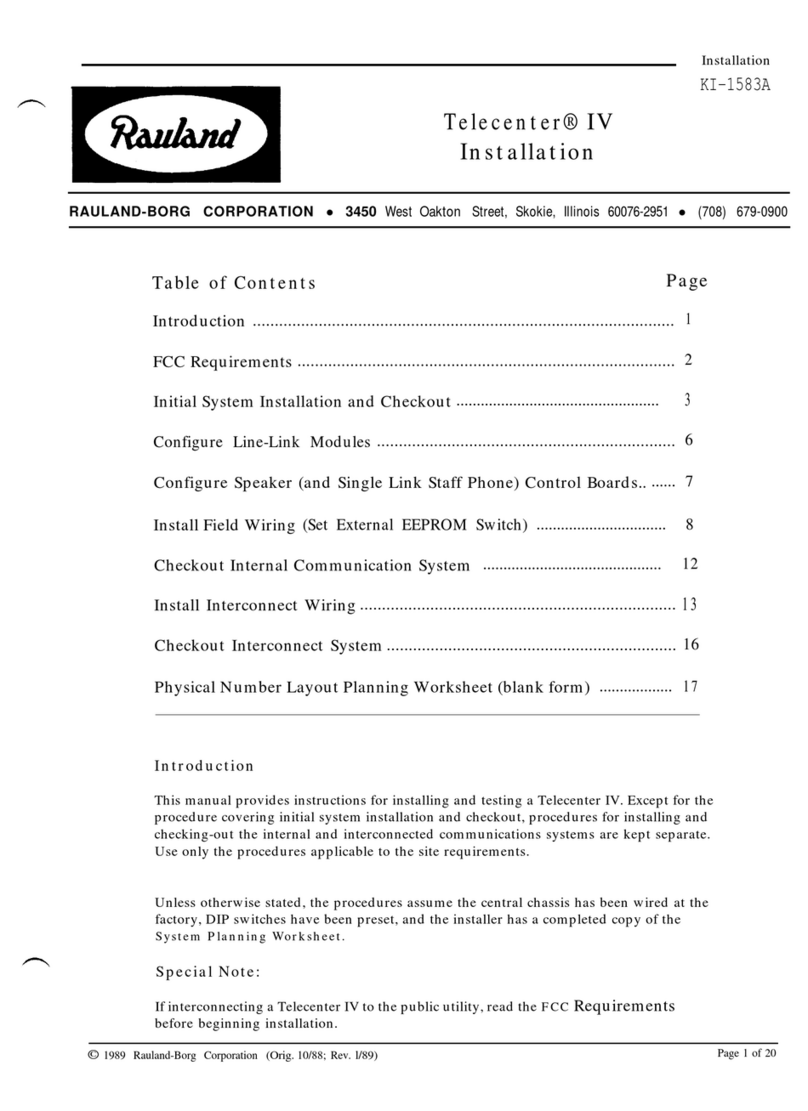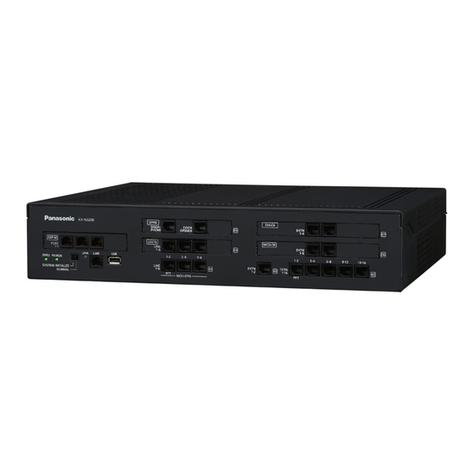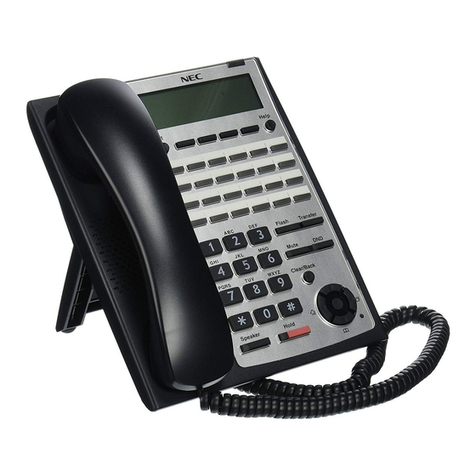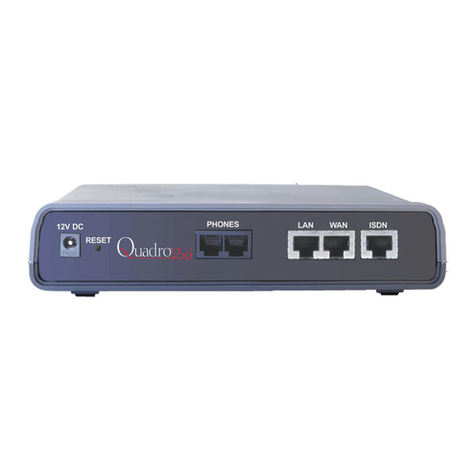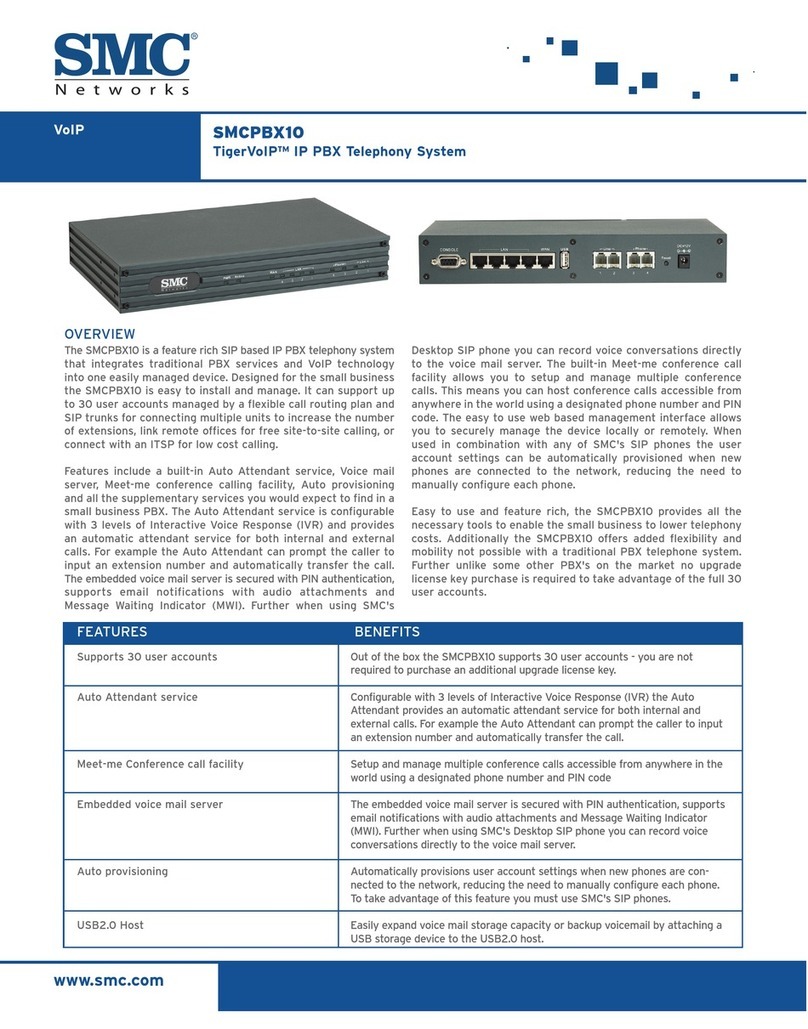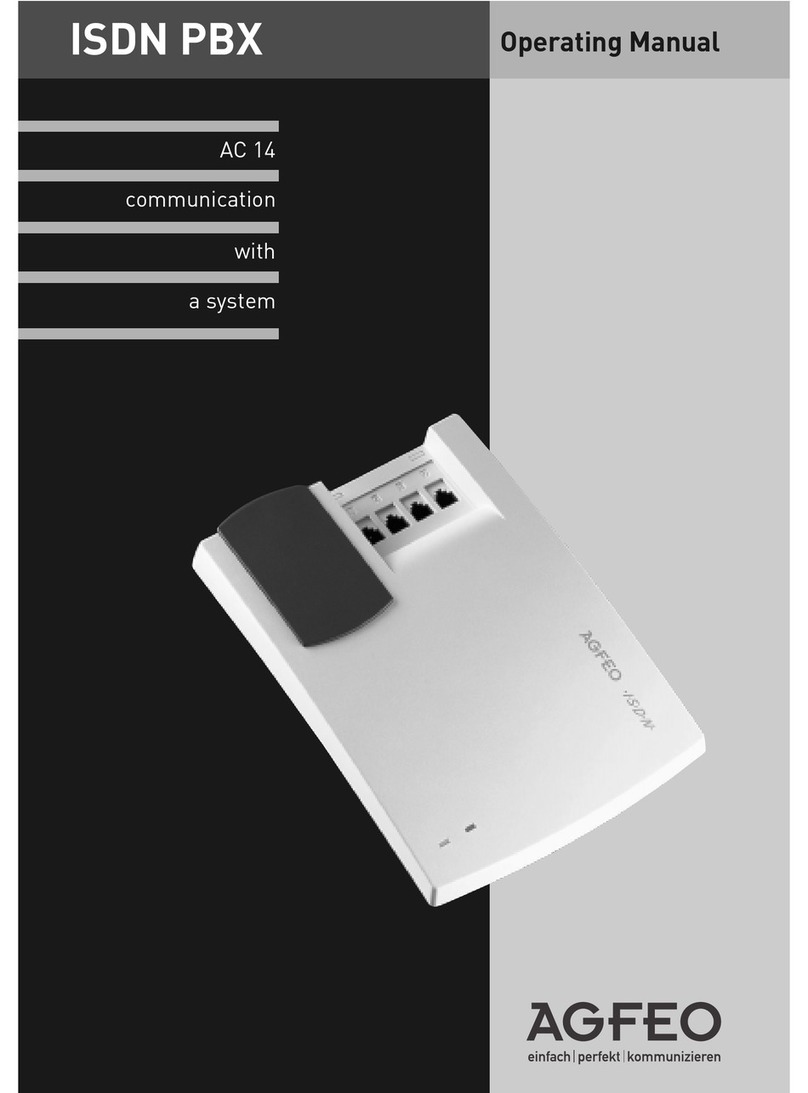
LvSwitch IPPBX 8000 Manual
iv
6.3.8 CNIS .................................................................................................................................................................114
6.4 PBX Features ................................................................................................................................................116
6.4.1 Feature Code ...................................................................................................................................................116
6.4.2 Hotline ............................................................................................................................................................ 122
6.4.3 Group Pickup ...................................................................................................................................................122
6.4.4 Music Ring .......................................................................................................................................................123
6.4.5 Alarm Clock ..................................................................................................................................................... 125
6.4.6 Speed Dial ....................................................................................................................................................... 125
6.4.7 Call Transfer .................................................................................................................................................... 127
6.4.8 Black List ......................................................................................................................................................... 128
6.4.9 White List ........................................................................................................................................................ 129
6.4.10 Secretary ....................................................................................................................................................... 130
6.4.11 Follow Me ..................................................................................................................................................... 131
6.4.12 Voice Mail ..................................................................................................................................................... 132
6.4.13 IVR .................................................................................................................................................................133
6.4.14 SoftConsole ...................................................................................................................................................135
6.4.15 Queue ........................................................................................................................................................... 138
6.4.16 Call Recording ............................................................................................................................................... 140
6.4.17 Billing Setting ................................................................................................................................................ 142
6.4.18 Conference bridge ........................................................................................................................................ 142
6.5 PBX Setting .................................................................................................................................................. 145
6.5.1 Global Setting ..................................................................................................................................................145
6.5.2 Route Group ....................................................................................................................................................147
6.5.3 PCM Settings ...................................................................................................................................................149
6.5.3 Prompt Tone ................................................................................................................................................... 150
6.5.4 Record File ...................................................................................................................................................... 151
6.5.5 VoIP Security ................................................................................................................................................... 152
6.5.6 VoIP Config ......................................................................................................................................................154
6.5.7 Analog Setting .................................................................................................................................................155
6.5.8 DSP Setting ......................................................................................................................................................158
6.5.9 SMTP Setting ...................................................................................................................................................161
6.5.10 License .......................................................................................................................................................... 161
6.6 Stat Report ...................................................................................................................................................163
6.6.1 Call Log ............................................................................................................................................................163
6.6.2 Service Voice Status ........................................................................................................................................ 163
6.6.3 Data capture ................................................................................................................................................... 164
6.6.4 Hardware status ..............................................................................................................................................165
7.BEHAVIOR POLICY...................................................................................................................... 166
7.1 Device QOS .................................................................................................................................................. 166

